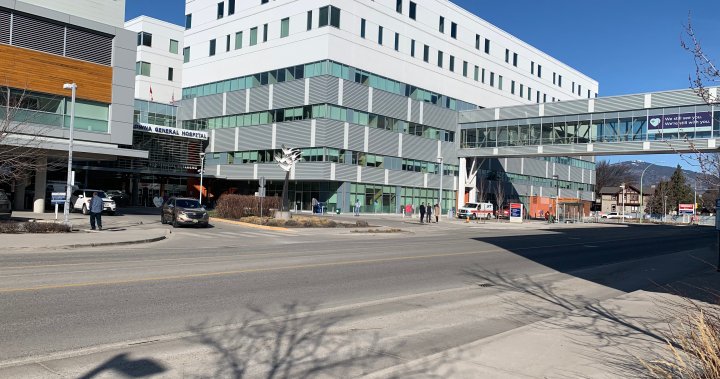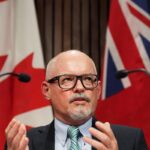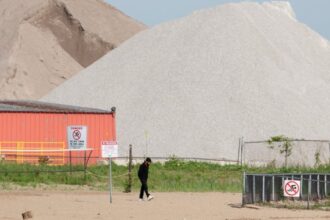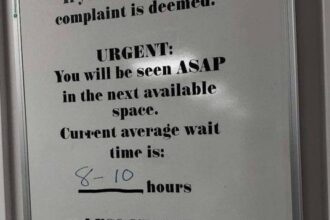The deteriorating state of pediatric healthcare in Kelowna has sparked renewed concerns as patients face increasingly troubling obstacles to accessing essential medical services. What was once considered a temporary challenge has evolved into a systemic crisis, leaving families scrambling for care while medical professionals sound the alarm on diminishing standards.
“We’re witnessing a dangerous erosion of pediatric care capabilities,” says Dr. Amanda Reeves, a pediatrician who recently relocated from Kelowna to Vancouver. “Children with serious conditions are being transferred hours away because we simply don’t have the resources to treat them locally anymore.”
Interior Health has increasingly relied on transferring young patients to facilities in Vancouver or Calgary when specialized care is required. While officials maintain this represents standard practice across similar-sized communities, many healthcare professionals disagree, pointing to communities of comparable size that maintain more robust pediatric services.
An analysis of Canada’s healthcare infrastructure reveals concerning disparities. Red Deer, Alberta—with approximately 40,000 fewer residents than Kelowna—maintains a dedicated pediatric unit staffed by specialists. Meanwhile, Kelowna General Hospital continues to face challenges recruiting and retaining the pediatric specialists needed to provide comprehensive care.
“This isn’t just about convenience,” explains Dr. Michael Torres, a pediatric advocate with the BC Children’s Health Coalition. “When critically ill children must travel hours for care, we’re adding unnecessary risk to already precarious situations. The time spent in transit can make the difference between full recovery and lasting complications.”
The shortage extends beyond hospital walls. Local news reports indicate that families seeking routine pediatric care face wait times exceeding six months, forcing many to rely on already overburdened emergency services for non-urgent matters.
Provincial health authorities maintain that resources are allocated based on population needs and service delivery models that optimize care across regions. However, political analysts note that healthcare funding decisions often reflect complex political considerations rather than purely demographic assessments.
“We’re caught in a troubling cycle,” says Melissa Hernandez, whose son required emergency transfer to BC Children’s Hospital last month. “Officials tell us the system works as designed, but as parents watching our children suffer while waiting for care, we know something fundamental is broken.”
Healthcare economists studying the issue point to broader national trends. Canada’s pediatric care model has evolved toward greater centralization in major urban centers, creating what some call “healthcare deserts” in mid-sized communities. Business analysts suggest this approach may reduce certain costs but fails to account for the economic burden placed on families forced to travel for care.
As the situation deteriorates, community advocates have organized town halls and petition campaigns demanding immediate action. Interior Health has promised a comprehensive review of pediatric services but has stopped short of committing to specific improvements.
The question now facing Kelowna and similar communities across Canada is increasingly urgent: in a healthcare system strained by competing priorities and limited resources, how do we ensure children’s medical needs don’t become collateral damage to efficiency models that prioritize centralization over accessibility?
























